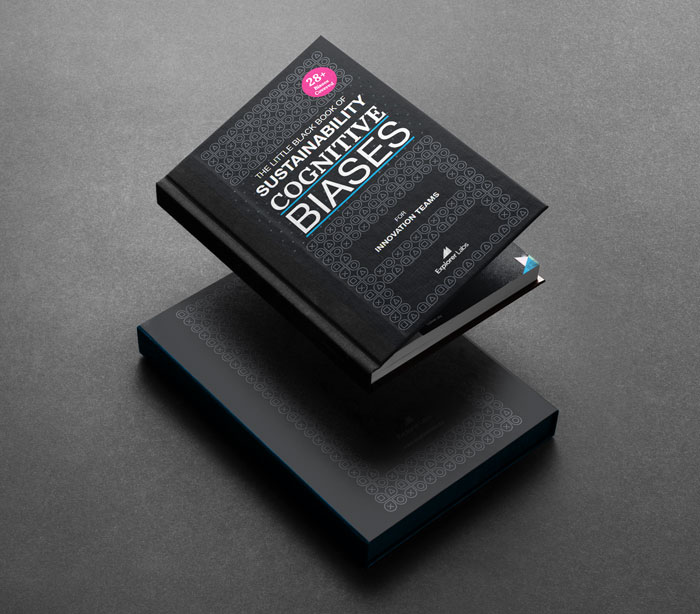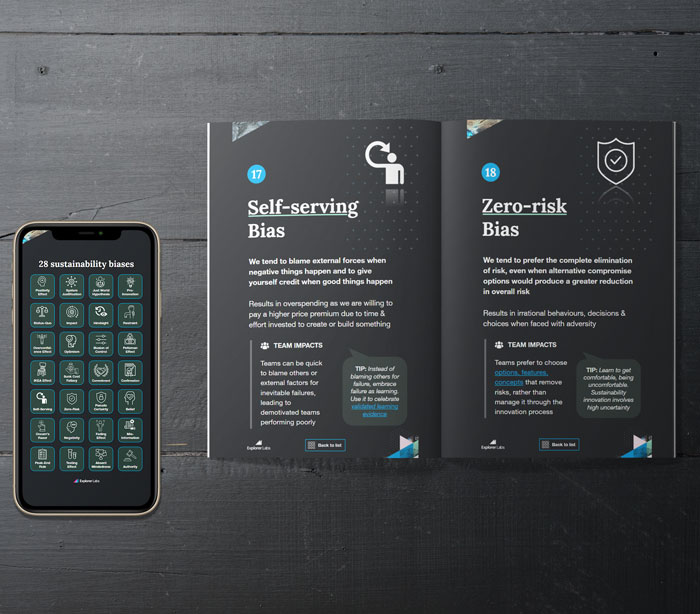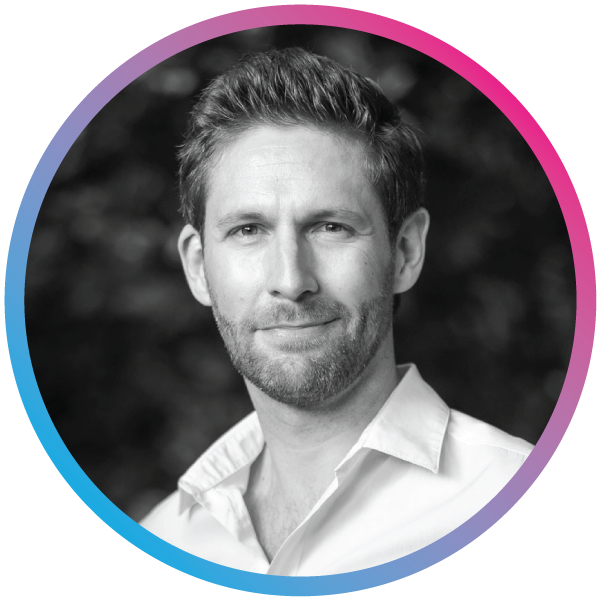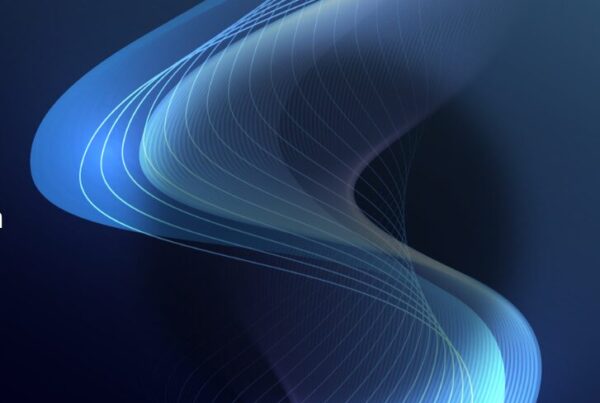How do cognitive biases impact innovation and business design teams pursuing sustainability-based projects? Which specific cognitive biases should you be looking out for and why? What should you do when you spot biases negatively influencing your sustainability innovation team performance and outcomes?
In this article you will learn how to deal with and mitigate negative side-effects of cognitive biases when pursuing sustainability innovation and business design projects. So, let’s get to it!
Key learnings from this article
- How cognitive biases impact sustainability innovation business design projects
- Which specific cognitive biases to look out for
- What to do when you spot them sabotaging your projects
- How to mitigate their negative impacts, fast!
TL;DR: Unconscious cognitive biases can ruin chances of sustainability project impact success. Learn the most common 28 sustainability related biases. Identify them, mitigate them; then make better conscious decisions to create lasting impact the world needs.
What are cognitive biases exactly and why do they exist?
C ognitive biases are unconscious errors in the ways our brains make decisions when interpreting information about the world around us. They have significant impacts on our decision making and value judgements because they can happen so quickly, without question.
They exist because our brains have processing limits, just like those of computers. There is just too much information around us in the world. Our brains evolved over time to simplify the job of trying to process everything in our immediate environment, so we can quickly react to adversity and dangers to aid survival.
Biases do serve us well in certain situations in our everyday lives. They act as ‘rules of thumb’ or intuitive ‘gut feelings’, helping us make decisions when there is a lack of clear information.
We use biases as general principles about how the world works in certain situations and contexts. We’ve been learning them since infancy. These general principles act as guides to our judgement and decision making and occur so quickly that in most cases, we don’t even notice a sub-conscious bias made a decision for us.
Interestingly, the older we get, the harder it is for us to mitigate our biases. This is due to a decrease in our cognitive flexibility, which is our mental ability to change and switch between multiple tasks.
Other contributing factors to cognitive bias impacts include:
- Our emotions
- Our social pressures
- Our motivations
- Our cognitive limits
Cognitive bias research
Cognitive biases originate in work by Nobel Prize winner Daniel Kahneman’s lifetime of work in his book, ‘Thinking Fast and Slow’. Kahneman refers to our ‘Thinking Fast or System 1’ brains alongside our ‘Thinking Slow or System 2’ brains.
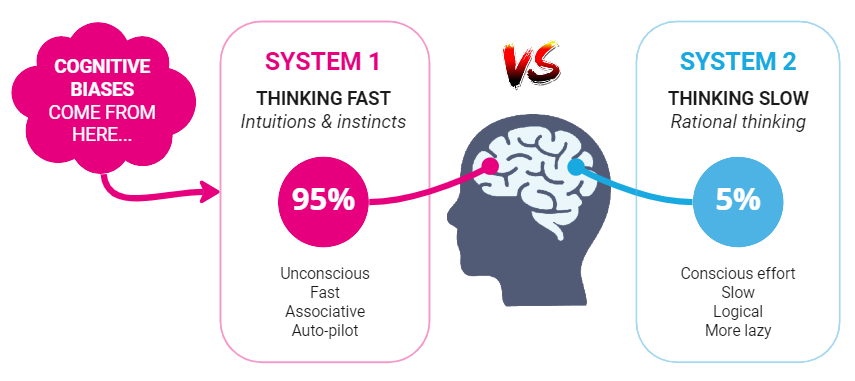
Thinking-fast instinctive brains
Our thinking-fast brains are the world of our subconscious brains and is where our cognitive biases, mental shortcuts, instincts, emotions and problem-solving heuristics are located. It is estimated that 95% of all our decision making occurs in our thinking fast or system 1 brains.
This system operates entirely automatically and very fast, with little effort on our part. As a result, we have little-to-no control over these reactions.
Thinking-slow analytical brains
Our thinking-slow brains are the world of our conscious and deliberate thoughts and rational, critical reflections. This is the brain that allows us to think about the way we think. Using this brain, we can meta think. This is the core of human intelligence as system 2 allows us to hold two opposing thoughts in our minds at the same time and rationalise a suitable course of action as a result.
This system assigns mental effort when asked to, in order to solve a complex problem.
Cognitive biases & your thinking-fast brain
Now you have an understand about your thinking fast and slow brains, you can see where cognitive biases actually originate and why: cognitive biases come from our thinking fast brains.
Cognitive biases make us unintentionally and unconsciously associate new information with existing patterns and thoughts from our previous experiences of the world. In essence, they prevent us from making entirely new associations and patterns for new experiences as they happen to us.
Absorb this thought for a moment:
”Cognitive biases force us to associate new ideas, concepts and information with our previous personal experiences of what has already occurred in our past experiences.
Innovation and business design as a process seeks to fundamentally do the complete opposite! It attempts to commercialise new ideas in novel, useful, desirable ways by people and stakeholders. It requires us to look to the future; to generate and propose future concepts in new ways based upon new thinking, mindsets, culture, technologies and value exchanges.
The Innovation process tries to enable us to make new associations and patterns of new experiences in conscious ways. It is a systematic process of knowing by purposefully and intentionally using our thinking slow brains.
Cognitive biases in opposition to innovation process
Cognitive biases go in complete contrast to the nature of what innovation and business design are trying to achieve. It is therefore very clear to see how detrimental cognitive biases are on the potential outcomes of the innovation and business design process in general.
They instantaneously, and worse, subconsciously, make us take decisions and judgements from the past ways of doing things, not the future. The future is where positive change, continuous improvement and better ways of doing things to improve our world reside.
This helps to understand why innovation and business design are so hard to achieve. Even when you have the right culture, mindset, capabilities and methodologies; our subconscious minds are there to sabotage our intended outcomes!
Don’t miss out!
Subscribe to get our latest FREE tools, methods, playbooks, guides, articles + more
6 most common cognitive biases
Here are some of the most common ‘normal’ innovation related biases.
LOSS-AVERSION BIAS
Getting emotionally attached to existing work, for fear of losing it altogether
BANDWAGON BIAS
Favouring the ideas already created or generated by others
FRAMING BIAS
Being influenced by how information is presented, rather than actual information
CONFIRMATION BIAS
Becoming influenced by dominant cultural norms, in spite of personal perspectives
ANCHORING BIAS
Making decisions based upon information already known to us prior
AMBIGUITY BIAS
Deciding on options which are more known, than uncertain up-front
Next, we look at 28 cognitive biases, specifically related to sustainability innovation projects.
28 cognitive biases quietly sabotaging your sustainability innovation world impact
Some of the most important cognitive biases to be aware of when pursuing sustainability innovation projects.
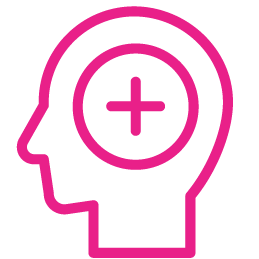
NAÏVE CYNICISM BIAS
We naïvely expect other people’s judgements to be more motivated by self-interest than true in actual reality.
RESULTS
Over-optimistic decision making when confronted with difficult choices to decide upon.
EXAMPLE
Believing authority figures, politicians and key decision makers are more self-interested for their own individual benefit than is actually the case.
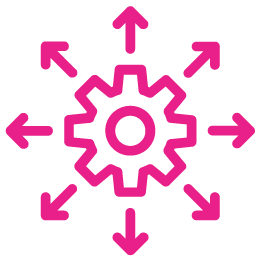
SYSTEM JUSTIFICATION BIAS
We defend or justify sticking to the status-quo even if it may be disadvantageous because it currently meets our own underlying needs.
RESULTS
Keeping systems the same, simply because they already exist, regardless of their utility for collective benefits.
EXAMPLE
People choosing to accept their position in society or with regard to sustainability challenges & choosing not to act.
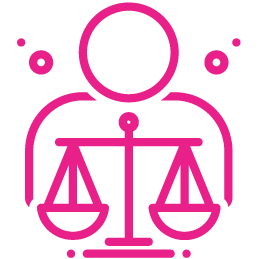
JUST WORLD HYPOTHESIS BIAS
We believe people always get what they deserve in the world. Their actions will have morally fair & balancing consequences in due course.
RESULTS
Passivity when drastic actions need to be taken as people get what they deserve in the long-term.
EXAMPLE
Believing actions and outcomes will balance out over the longer-term, meaning responsibility for change is passed on to the next generation.
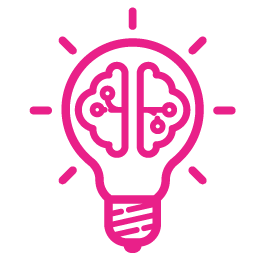
PRO-INNOVATION BIAS
We believe innovation is inherently good for us & the planet, therefore it should be adopted without question.
RESULTS
Prevents us seeing or understanding unintended or unanticipated consequences of our innovation efforts & outcomes.
EXAMPLE
Believing nuclear energy will solve all humanity’s power needs despite clear negative consequences: nuclear weapons, waste, dirty bombs, rogue states etc.
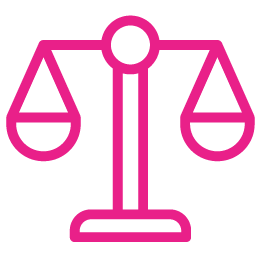
STATUS QUO BIAS
We prefer the default or established options when presented with more optimal choices even if they could better meet needs or desired outcomes.
RESULTS
Sticking to old ways of doing things, even if benefits are clear of a newer, more sustainable approach.
EXAMPLE
Initial adoption rates of electrified e-vehicles.
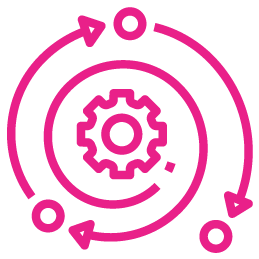
IMPACT BIAS
We tend to overestimate or misrepresent the length or intensity of our future emotional states based on new events or experiences.
RESULTS
Wildly over optimistic thinking & doing in the short-term, with dissatisfaction in the longer-term.
EXAMPLE
Overestimating the temporary positive emotional states from successfully new sustainability innovation project to implementation, only to feel unfilled by the actual feelings in reality.
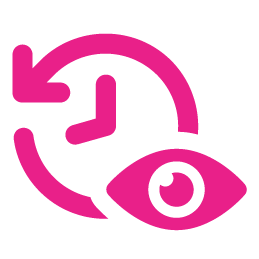
HINDSIGHT BIAS
We tend to look back at a previous unpredictable events and think it was obvious and easy to predict before it happened or occurred in hindsight.
RESULTS
A significant source of over-confidence about the likelihood of future outcomes & events.
EXAMPLE
Overconfidence in believing we actually predicted future environmental or social situations after they happened.
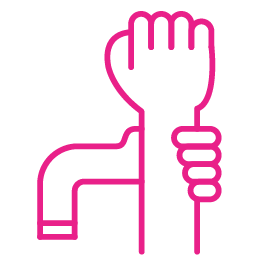
RESTRAINT BIAS
We tend to overestimate our ability to control our own impulsive behaviours, actions & decisions.
RESULTS
Thinking we have greater self-control over temptation than we actual have, causing increased impulsiveness.
EXAMPLE
Believing we can simply change our sustainability behaviours, when in reality we are too tied to our prior impulses and lifestyles.

OVERCONFIDENCE EFFECT BIAS
We tend to overestimate our own abilities, expertise & knowledge.
RESULTS
Someone thinking they are ‘better-than-average’ whilst misjudging subjective probabilities in certain situations.
EXAMPLE
Overestimating how quickly sustainability impact and change can actually occur in terms of time and effort required.
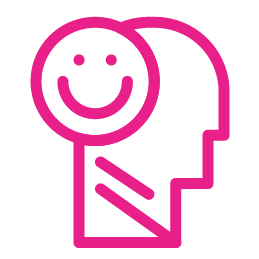
OPTIMISM BIAS
We believe we are personally less likely to suffer from misfortune or a negative events & more likely to attain success than your peers.
RESULTS
Taking drastic short-term decisions whilst underestimating the impact of future environmental changes, business & society
EXAMPLE
Believing climate change impacts happens to other people in other parts of the world, rather than to your own geo-location and personal circumstances.
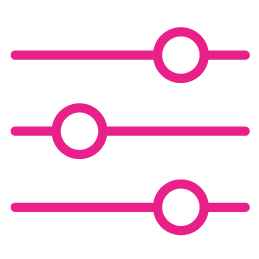
ILLUSION OF CONTROL BIAS
We believe we can exert more control & influence outcomes in a given situation, when we cannot in any way in reality.
RESULTS
Results in people over-confidently taking more risks with less control & outcome certainty than is actually possible.
EXAMPLE
Believing we individually have a high degree of control over the outcomes of sustainability and the environment, when perhaps we do not.

PELTZMAN EFFECT BIAS
We tend to engage in risky or dangerous behaviours when safety & security measures have been put in place.
RESULTS
Bigger risk taking because we perceive less perilous dangers & risks making us feel unreasonably protected.
EXAMPLE
Businesses taking more risks to the environment, due to the increase in safety monitoring, legislation and intervention standards globally.
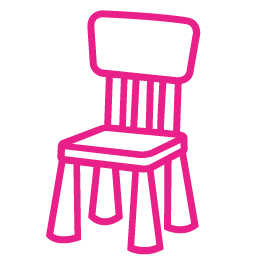
IKEA EFFECT BIAS
We place a disproportionately high value on products or services which we have designed, created or built ourselves.
RESULTS
Bandwagon bias from the emotional attachment generated by spending time generating new ideas & concepts.
EXAMPLE
Involving people in the tangible act of change towards sustainable futures, increases our perception of the value in the outcomes, which then drive more network effects in others.
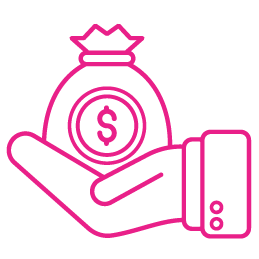
SUNK COST FALLACY BIAS
We uphold & support our past decisions, despite new evidence demonstrating a poor course of action.
RESULTS
Valuing time, effort & money already spent, instead of future costs which may be a better option or decision.
EXAMPLE
Continuing to support and fund a failed sustainability project or initiative, purely because resources and finance has already been spent on it, despite guaranteed inevitable failure to meet goals.
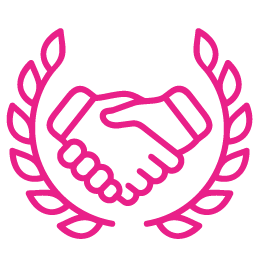
COMMITMENT BIAS
We are unwilling to make decisions that contradict things we have said or done in the past, particularly in the public domain.
RESULTS
Failing to contradict our previous decisions made, even if they are more beneficial to stakeholders, goals or wider environment.
EXAMPLE
Sticking to previous publicly declared harmful environmental behaviours even if they have undesirable outcomes, so as not to lose reputation.
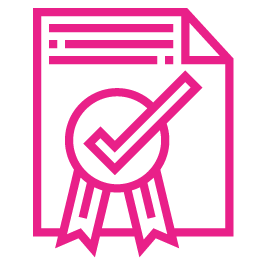
CONFIRMATION BIAS
We tend to search, interpret, favour & recall information confirming or supporting our core beliefs & values.
RESULTS
Ignoring contrary information, particularly that of an emotionally-charged nature or issue.
EXAMPLE
Only seeking out sustainability information or data which supports your existing beliefs without seeking opposing viewpoints.
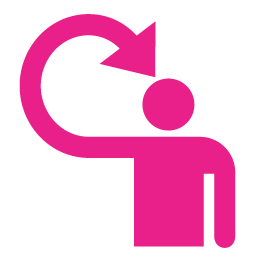
SELF-SERVING BIAS
We tend to blame external forces when negative things happen & to give yourself credit when good things happen.
RESULTS
Overspending as we are willing to pay a higher price premium due to time & effort invested to create or build something.
EXAMPLE
When things don’t go to plan during innovation project validation phases, blame is attributed to others rather than the teams de-risking approach.

ZERO-RISK BIAS
We tend to prefer the complete elimination of risk, even when alternative compromise options would produce a greater reduction in overall risk.
RESULTS
Irrational behaviours, decisions & choices when faced with adversity.
EXAMPLE
During the COVID-19 pandemic many people took a zero-risk approach to toilet paper by selfishly buying in bulk to remove any threat of not being able to go to the toilet.

PSEUDO-CERTAINTY EFFECT BIAS
We tend to perceive outcomes as certain, even when completely uncertain.
RESULTS
Making risk-averse choices even if the expected outcome is positive. Conversely, we tend to make risk-seeking choices to avoid negative outcomes.
EXAMPLE
Due to our cognitive limits, we prefer overly-simplistic outcomes or concepts, in spite of the complex systems in which sustainability challenges exist. Leading to poor choices with more potential negative impacts.
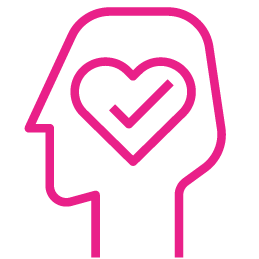
BELIEF BIAS
We tend to judge the conclusion of an argument based upon our prior knowledge & existing beliefs, rather than whether the argument was valid or invalid.
RESULTS
Accepting arguments which support conclusions aligned with our values, beliefs & prior knowledge whilst refusing those that do not
EXAMPLE
A blurred understanding between personal beliefs and objective truths leads to poor decision making and conflict amongst stakeholders when tackling complex sustainability problems.
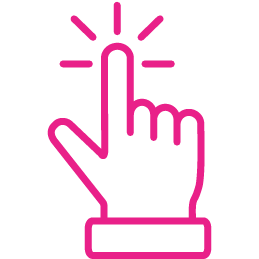
OCCAM’S RAZOR BIAS
We tend to choose the simplest option, purely because it is the simplest to verify &/or implement.
RESULTS
Choosing courses of action entirely unsuitable for the challenge at hand purely because it the simple, but isn’t always the correct one approach to the problem because due to its simplicity. The simplest answer isn’t always the correct one.
EXAMPLE
Choosing weak or poor innovation concepts, purely because they are simple, rather than looking at more suitable but complex, alternative solutions.
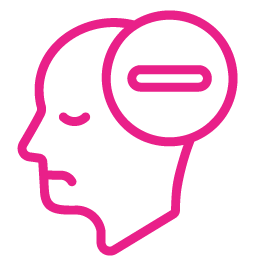
NEGATIVITY BIAS
We tend to learn & use negative information far more than positive information, even if the intensity is the same as positive information.
RESULTS
Reacting to negative events & experiences more rapidly & intensively than positive events & experiences.
EXAMPLE
News and social media industry and algorithms are built upon negativity bias in what content they show, because of our bias to be drawn to negative information, resulting in more ad revenues.

FADING AFFECT BIAS
We tend to forget memories or situations associated with negative emotional experiences more quickly than those associated with positive emotional experiences.
RESULTS
Poor future decisions because we unconsciously forget painful experiences.
EXAMPLE
An expert greatly over estimating the duration of the negative effect of their previous miscalculation.
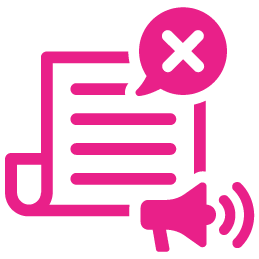
MISINFORMATION BIAS
We tend to recall past events & experiences in altered ways due to exposure to incorrect or misleading information in the present.
RESULTS
Creation of false mental memories which never occurred in our past realities.
EXAMPLE
Over time fake news causes a misinformation effect. People tend to forget the original source of information and mistakenly believe it was something observed in reality.
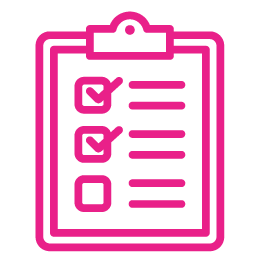
PEAK-END RULE BIAS
We tend not to evaluate a whole experience, but instead, only evaluate the quality of the experience at its peak and/or at its final end.
RESULTS
Distorted perceptions of true experiences because the end point was ‘good’.
EXAMPLE
Ever wondered why some online retailers place a packet of Haribo candy in your shipping order? They want you to have a highly-positive experience at the end of the ordering journey (to mask any negative experiences), like shipping delays in getting to you.
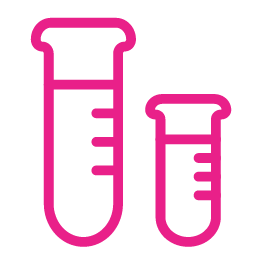
TESTING EFFECT BIAS
We tend to more easily remember information when engaged in the process of learning or remember it, rather than simply consuming it more passively.
RESULTS
Recollecting information better, just because it was experienced rather than read.
EXAMPLE
Learning by doing. Participatory innovation and business design workshops get you into the doing mode whilst learning new tools, processes and methodologies. Our brains absorb and learn quicker because we embed the learning through testing & real hands-on experience.
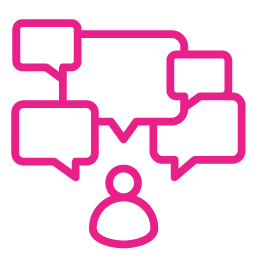
ABSENT-MINDEDNESS EFFECT BIAS
We ‘zone-out’ & make mistakes in our daily lives & work due to lack of cognitive attention because our brains are overloaded, tired or distracted.
RESULTS
Forgetfulness & poor performance & decision making to achieve overall intended goals & outcomes.
EXAMPLE
Burn-outs are a form of physical and cognitive overload. Many people experienced this resulting bias during the COVID-19 lockdowns.
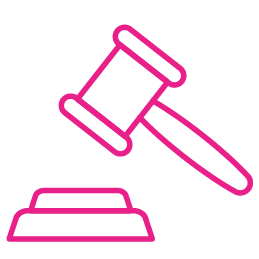
AUTHORITY BIAS
We tend to attribute more accuracy to the opinions of authority figures & be influenced in our own decision making.
RESULTS
Decisions being made by obeying authority figures credibility, rather than by objective evidence collected.
EXAMPLE
During feedback roundtables, stakeholder validation interviews or during pitching, authority figures give opinions and perspectives which the team blindly follows due to seniority and ‘experience’ rather than through objective validation evidence collected.
How cognitive biases specifically impact sustainability innovation projects
The next step is to see how they specifically impact sustainability innovation projects and their intended outcomes.
Increased complexity and uncertainty levels
Sustainability challenges are more complex than standard customer-centric innovation projects. As a result, there is generally increased uncertainty across the sustainability innovation process to manage.
For example, to name a few:
- The increased number of overall stakeholders involved
- The conflicting goals and outcomes of stakeholders
- The ‘wicked’ nature of problems to address
- No one final solutions being the possible outcome
- The level of collaboration and alignment needed to address them
- The level of knock-on system unintended consequences
- Needs and problems located across systems and borders
- No single understanding how sustainability systems work
- Problems may never be completely solvable
- Exact problem origins difficult or impossible to define
Low-hanging fruit for uncertainty levels
One way we can easily, quickly, cheaply and effectively reduce levels of risk and uncertainty in sustainability innovation projects, is to optimise the minds of those people working on addressing such complex challenges for People, Planet, Profit and Progress perspectives.
We can easily reduce sub-optimal, subconscious judgements and decision making from the innovation process. We simply need to be more self-aware and mindful of the ways in which we think, judge and act throughout the innovation process at each stage.
TIP: learn to identify and mitigate negative cognitive biases throughout your innovation process. It is a cheap, simple and low-hanging-fruit way to increase team performance.
How to combat cognitive biases on sustainability innovation projects
Here is a quick and practical approach to enable you and your team members to mitigate the subconscious negative impacts of cognitive biases when running the sustainability innovation or business design processes.
1) Learn your biases
Get you and your team to learn these cognitive biases list here by heart
2) Regular reflection moments
Have regular reflection moments during innovation projects about bias impact
3) Nominate a spotter
Nominate a team member as bias police person to identify biases
4) Make them conscious
Make your biases conscious and mitigate their impacts
5) Challenger questions
Ask openly: which biases are influencing our process or decision making?
6) Adapt decision making
Modify and adapt your approach openly after discussing biases at play
7) Move forwards objectively
Make better conscious, objective decisions and move forwards with purpose
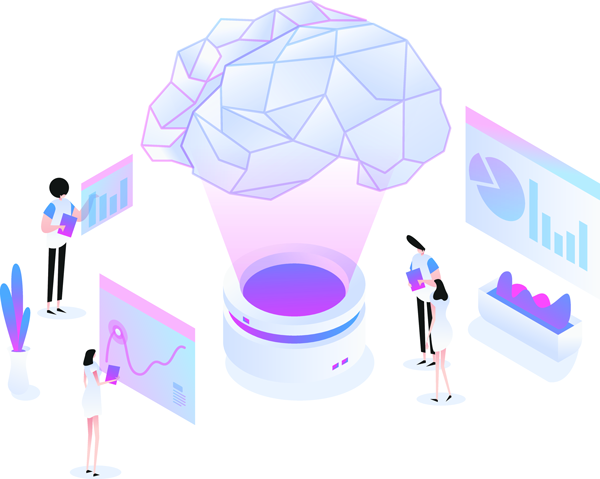
Meta thinking (thinking about the way you’re thinking)
Once you develop the reflex to continuously think about the way you are thinking and make adjustments accordingly, you’ll be operating as a much more efficient sustainability focussed innovation team.
You’ll be able to spot when you are making decisions and choices based upon your intuitive instincts rather than well considered, hard evidence.
Download The Little Black Book of Cognitive Biases for Sustainability Innovation Projects for FREE!
To help you become more aware of your subconscious cognitive biases, we created ‘The Little Black Book of 28+ Sustainability Cognitive Biases’.
It was created to help supercharge sustainability innovation & business design teams.
The book is designed to help make our unconscious errors in decision making, conscious with a focus on sustainability innovation projects and teams.
The best way to use the book is to download it to your smartphone. Then quickly refer to it during workshops, team meetings, pitch presentations & investor meetings…
How to use the little black book of biases?
When starting a new sustainability innovation project at a corporate or new start-up, make sure your team has familiarised themselves with the 28 sustainability cognitive biases before you start working.
You’ll soon develop a common language to understand, identify & mitigate the negative impacts of biases.
The best way to use this book is to download it on your smartphone. Then refer to it during workshops, team meetings, pitch presentations & investor meetings.
Key take-aways
Well done for making it this far!
We can all make subconscious errors of judgement and decision making when running the innovation and business process from time to time. Sometimes with few consequences and other times with severe consequences.
Make sure you and your teams are familiar with how our brains function when faced with extreme uncertainties, like when tackling sustainability challenges.
Once you understand the biases at play, you can easily spot them and make conscious corrections, so that you reduce the amount of additional uncertainty whilst innovating.
- Which biases do you see commonly occurring?
- Which ones did we miss out that we should include?
- What other strategies have you put in place to minimise bias impacts?
We’d love to hear your feedback and thoughts on how you manage team member cognitive biases. As well as feedback on how useful you found our little black book.
FREE Download
The Little Black Book of 28+ Sustainability Cognitive Biases
Your personal guide to cognitive biases & what to do about them.
Download Now!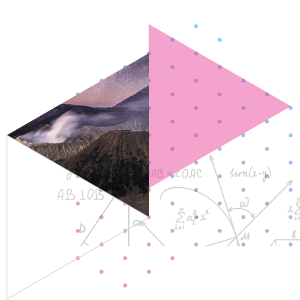
Let’s talk!
Reach out below
We’ll discuss your specific sustainable business-innovation challenges and what to do about them
Mike Pinder is a cross-industry business innovation expert & consultant, thought leader, author, lecturer & international keynote speaker on innovation. He’s driven by using innovation to leave the world a better place than we found it. Mike is a co-founder of Wicked Acceleration Labs (an industry-academia research lab aimed at tackling wicked problems), Member of Board of Advisors at Global Innovation Institute (GInI), & Honorary Practice Fellow at Imperial College London Business School.
Mike consults and leads across innovation strategy, Design Thinking, Lean Start-up, Business Model Innovation in both B2B and B2C, guiding c-level innovation strategy, innovation accelerator design, co-creation, capability programs, academic research, executive education (Exec Ed) university program design, intrapreneurship, digital transformation, sprints & more.
References
- Kahneman, D. (2013) Thinking Fast and Slow. Farrar, Straus and Giroux.
- Pinder, M. (2022) The Little Black Book of 28+ Sustainability Cognitive Biases. Antwerp, Belgium.
- Wilson CG, Nusbaum AT, Whitney P, Hinson JM. (2018) Age-differences in cognitive flexibility when overcoming a pre-existing bias through feedback. Journal of Clinical Experimental Neuropsychology.



